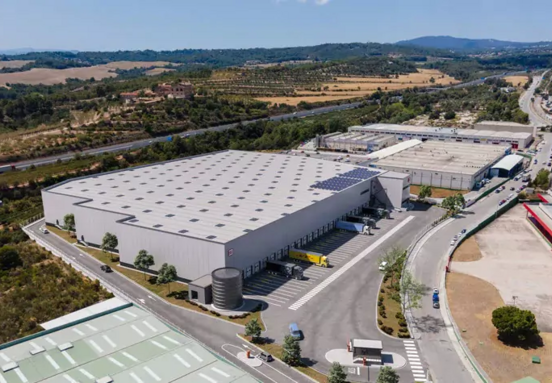Germany’s 10-year yield, for example, climbed to 2.4%, up about 3 percentage points. Interpreting such developments is one of the aspects that Colliers consultants aim to address in a recurring newsletter. It will provide a range of tools through which financial analysts can track key profitability indicators and investment prospects of an operating company.
Even if Romania’s economy will do well in 2022, with a possible GDP growth of over 6%, and companies will see good performance, there are many other elements that influence the value of a company. More specifically, higher credit prices, rising interest rates and the increasing cost of country risk are having a significant negative effect, according to Colliers consultants.
“The evolution of indicators such as yields on long-term government bonds in lei or Eurobonds issued by Romania become important elements even if the changes do not necessarily determine the short-term direction. Still, it should be noted that Romania’s Eurobonds in euro maturing in 2032 are trading at over 8%, which is a significant deterioration from the pre-pandemic period. For example, in mid-2019, rates were around 2%, even lower in previous quarters. More importantly to illustrate the deterioration in Romania’s risk perception, it is probably to note that in 2019, German 10-year bonds, the benchmark risk-free rate for the euro, were yielding -0.4% and are now at 2.4%. In other words, Romania’s spread compared to Germany has increased significantly over the last three years”, explains Bogdan Mitroi, director of Colliers’ Valuation and Advisory Services department, which provides company valuations.
Furthermore, the interest rates’ growth is also part of a larger context in which financial conditions are becoming more and more difficult, which increases the impact of interest rate growth, Bogdan Mitroi points out. In fact, when interest rates were low until 2020, liquidity was abundant and financing options – widespread and historically low cost.
“Now, after a year and a half of rising interest rates and yields on government securities, financiers are no longer willing to offer money on the same terms, proof that, according to NBR surveys, banks are now demanding a higher premium for loans perceived as higher risk and have increased their own fees”, adds Bogdan Mitroi.
Moreover, the Colliers consultant points out that the evolution of government securities, in terms of volumes and yields, is also a measure of the risk-free rate, i.e. the minimum rate of return that is expected for zero-risk investments by investors in a given country, and implicitly for the value of a company in that country.






